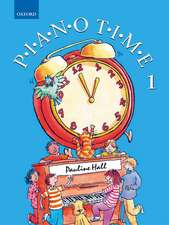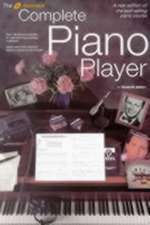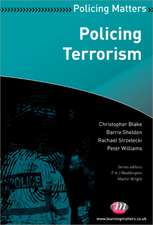The Organ in Western Culture, 750–1250: Cambridge Studies in Medieval and Renaissance Music
Autor Peter Williamsen Limba Engleză Paperback – 8 iun 2005
Preț: 282.17 lei
Nou
Puncte Express: 423
Preț estimativ în valută:
53.99€ • 56.37$ • 44.69£
53.99€ • 56.37$ • 44.69£
Carte tipărită la comandă
Livrare economică 05-19 aprilie
Preluare comenzi: 021 569.72.76
Specificații
ISBN-13: 9780521617079
ISBN-10: 0521617073
Pagini: 416
Ilustrații: 22 b/w illus. 9 music examples
Dimensiuni: 189 x 246 x 22 mm
Greutate: 0.74 kg
Ediția:First Pbk.
Editura: Cambridge University Press
Colecția Cambridge University Press
Seria Cambridge Studies in Medieval and Renaissance Music
Locul publicării:Cambridge, United Kingdom
ISBN-10: 0521617073
Pagini: 416
Ilustrații: 22 b/w illus. 9 music examples
Dimensiuni: 189 x 246 x 22 mm
Greutate: 0.74 kg
Ediția:First Pbk.
Editura: Cambridge University Press
Colecția Cambridge University Press
Seria Cambridge Studies in Medieval and Renaissance Music
Locul publicării:Cambridge, United Kingdom
Cuprins
List of illustrations; Preface; Acknowledgements; Maps; 1. Organs, music and architecture; 2. Organs and documentation; 3. Organs and written technology; List of references; Index of places; Index of names.
Notă biografică
Descriere
How did the organ become a church instrument? In this fascinating investigation Peter Williams speculates on this question and suggests some likely answers.
















